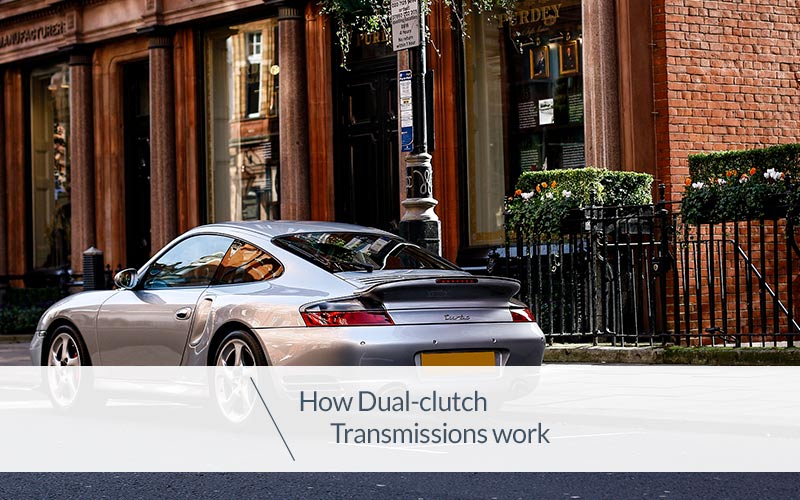
We tend to make a natural division of gear management on cars into two main categories: cars with automatic gear changes and those with manual gear changes.
However, in reality, these are the most common solutions for gear management across the globe, but not the only ones.
Indeed we can add a third category, named DCT, or Dual-Clutch Transmission. This is effectively a solution that lies between automatic and manual gear changing and is able to encompass the advantages of both systems. This makes the driving experience, as we shall see, much more fluid.
Let’s take a look together at what this dual-clutch transmission system is exactly.
When was dual-clutch transmission created?
It was 1939 when the inventor and mechanical designer Adolphe Kégresse turned the automobile industry upside down when he developed the dual-clutch system.
The driving force behind the invention was the need to find an alternative to the manual gear changing of that time, which was extremely rigid and operationally poor. It required huge strength and near-perfect timing to make it work.
Unfortunately, cash flow problems meant that a fully-functioning model was never developed.
Indeed, the very first applications of the dual-clutch transmission did not appear until the 80s, when the system made a triumphant entrance into the world of motor racing.
The automobile companies which were early adopters of this new dual-clutch concept were the German Porsche and Audi. Porsche used the new system in the 956 and 962 C racing cars, fitting them with the so-called Porsche Dual Klutch. Whilst Audi used the dual-system on the Sport Quattro S1, which won the Piles Peak ascent, a race up a 4300m mountain.
These two examples are sufficient to demonstrate that the new dual-clutch transmission would be suitable for racing cars, indeed for sports cars, which demand higher performance levels.
It was at the beginning of the new millennium that DCT made its way into the road car market, on cars not just to be used on the track, but on roads too.
How dual-clutch transmissions work
Cars with dual-clutch transmission have two separate clutches which connect the engine to the axles on which the various gears are located.
DCT works like this.
Taking advantage of the presence of two coaxial shafts, dual-clutch transmission involves separating odd and even gears, i.e. 1-3-5-R and 2-4-6 (in cars which have a 6th gear).
Simply said, one clutch manages the odd gears and a second clutch manages the even gears.
When a gear is selected, the second clutch “gets ready” to start working, selected by an evaluation conducted by software which calculates the most suitable gear, or by manual selection by the driver.
So, if you start to drive, passing from first to second gear is assessed as a likely move and as you move into first gear, second gear is prepped ready for action.
This permits lightning-fast gear changes and keeps the power generated constant. A standard manual transmission simply can’t do that as the driver as to use the clutch to switch between odd and even gears.
Even though this system is called dual-clutch transmission, that shouldn’t make you think of two pedals in the driver’s footwell.
In fact, in cars that use DCT, there is actually no clutch pedal. Gear change is achieved automatically, via software management, or alternatively by sequential manual transmission, using paddles on the driving wheel.
Advantages of a dual-clutch transmission
As we mentioned before, DCT was initially used in racing cars, and later on in road cars, particularly in sports cars, which derive various benefits from the use of this kind of system.
It would be perfectly reasonable to ask why one would spend more on a car equipped with a dual-clutch transmission when you could easily choose an automatic gear change on a car and enjoy all the benefits of the absence of a clutch in the driving space.
It’s a legitimate question, but, as we pointed out at the start, DCT merges the advantages of an automatic gear change with those of a manual system, making the driving experience even more comfortable.
DCT offers faster gear shift times and greater fuel economy improving efficiency compared to the other transmission types.



